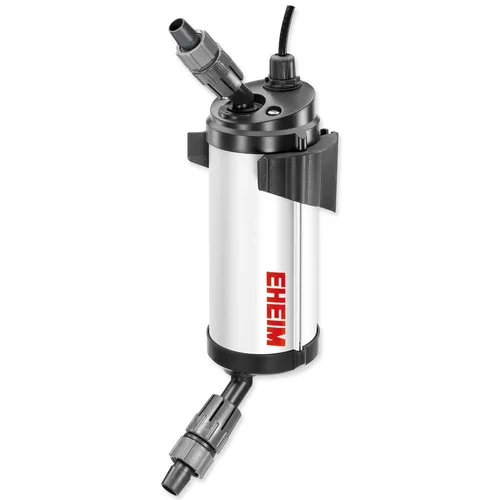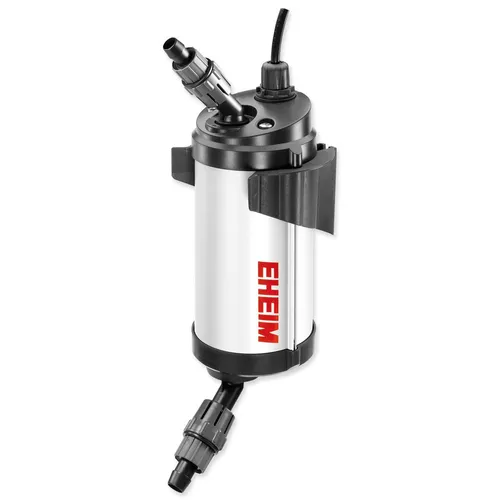Laboratory equipment encompasses a wide range of tools and instruments essential for scientific research, experimentation, and analysis. These products are designed for use in various settings, including academic institutions, industrial laboratories, and healthcare facilities. Whether you are a researcher conducting experiments, a technician performing quality control, or a student learning the fundamentals of science, selecting the right laboratory equipment is crucial for achieving accurate results and ensuring safety.
When choosing laboratory equipment, several key factors should be considered. First, the intended application of the equipment plays a significant role in the selection process. Different types of equipment, such as microscopes, centrifuges, and spectrophotometers, serve specific purposes and are tailored to meet the needs of various scientific disciplines. Understanding the specific requirements of your experiments will help you narrow down your options effectively.
Another important parameter to consider is the material composition of the equipment. Laboratory tools are often made from glass, plastic, or metal, each offering distinct advantages and disadvantages. For instance, glass equipment is typically more resistant to chemical reactions and provides better visibility, while plastic options may be lighter and less prone to breakage. Additionally, the durability and resistance to temperature fluctuations or corrosive substances are critical characteristics that can impact the longevity and performance of the equipment.
Features such as precision, ease of use, and compatibility with other instruments are also vital when selecting laboratory equipment. For example, if you require high accuracy in measurements, investing in high-quality balances or pipettes with fine calibration may be necessary. Furthermore, consider whether the equipment can be easily integrated with existing systems or software, as this can enhance workflow efficiency and data management.
While there are numerous advantages to various types of laboratory equipment, it is essential to be aware of potential drawbacks. For instance, high-end instruments may offer advanced features but can also come with a steeper learning curve and require more extensive maintenance. Conversely, more straightforward, budget-friendly options may lack precision or durability, which could compromise the quality of your results. Balancing your budget with the necessary features and reliability is crucial for making an informed decision.
To maximize the effectiveness of your laboratory equipment, proper usage, maintenance, and care are paramount. Always follow the manufacturer's guidelines for operation and cleaning to ensure optimal performance and longevity. Regular calibration and servicing can prevent inaccuracies and extend the lifespan of your instruments. Additionally, training staff on the correct usage of equipment can minimize errors and enhance safety in the laboratory environment.
Combining laboratory equipment with complementary tools can also enhance your research capabilities. For example, using a high-quality microscope alongside imaging software can provide deeper insights into your samples. Similarly, integrating data analysis software with spectrophotometers can streamline the process of interpreting results. By understanding how different pieces of equipment work together, you can create a more efficient and productive laboratory setup.
In conclusion, selecting the right laboratory equipment is a critical step for anyone involved in scientific research or experimentation. By considering the intended application, material composition, essential features, and potential advantages and disadvantages, you can make informed choices that align with your specific needs. Additionally, proper usage and maintenance will ensure that your equipment remains reliable and effective over time. With the right tools and knowledge, you can enhance your laboratory's productivity and achieve accurate, meaningful results in your scientific endeavors.
show more text




